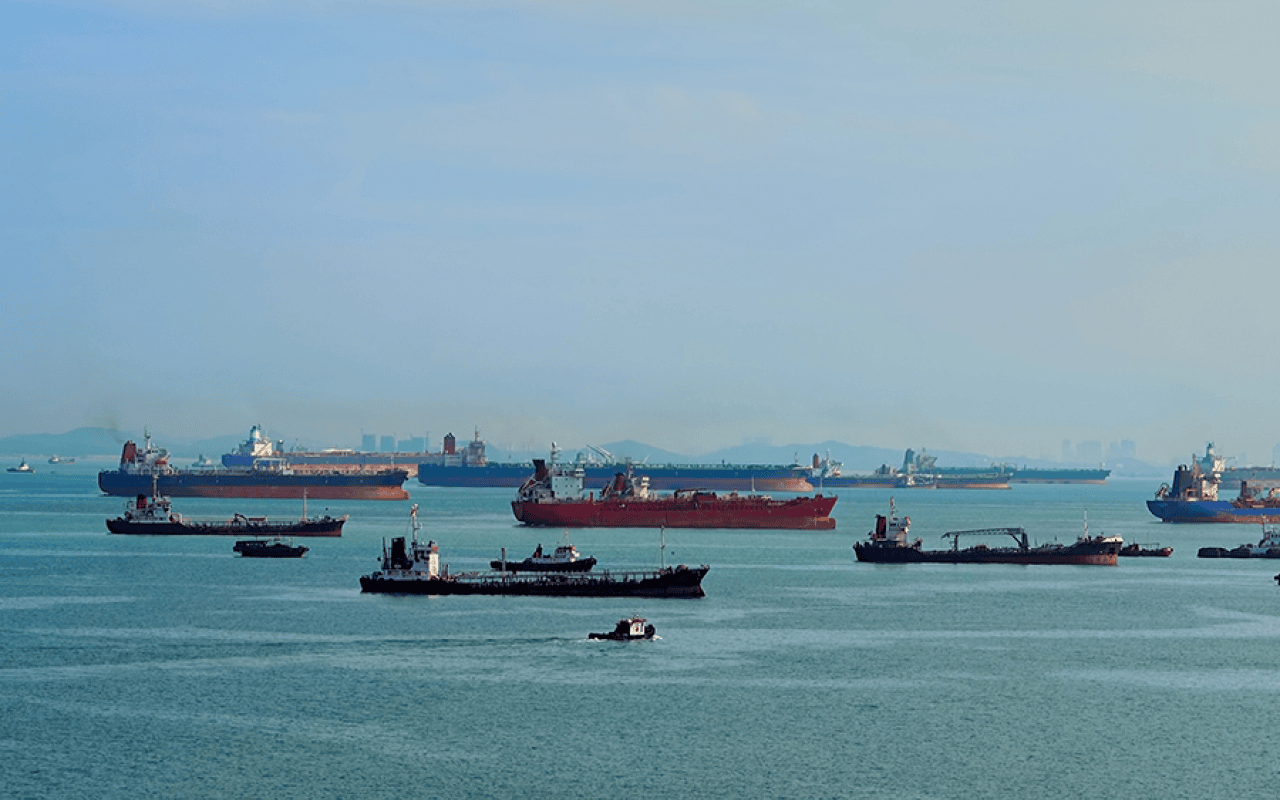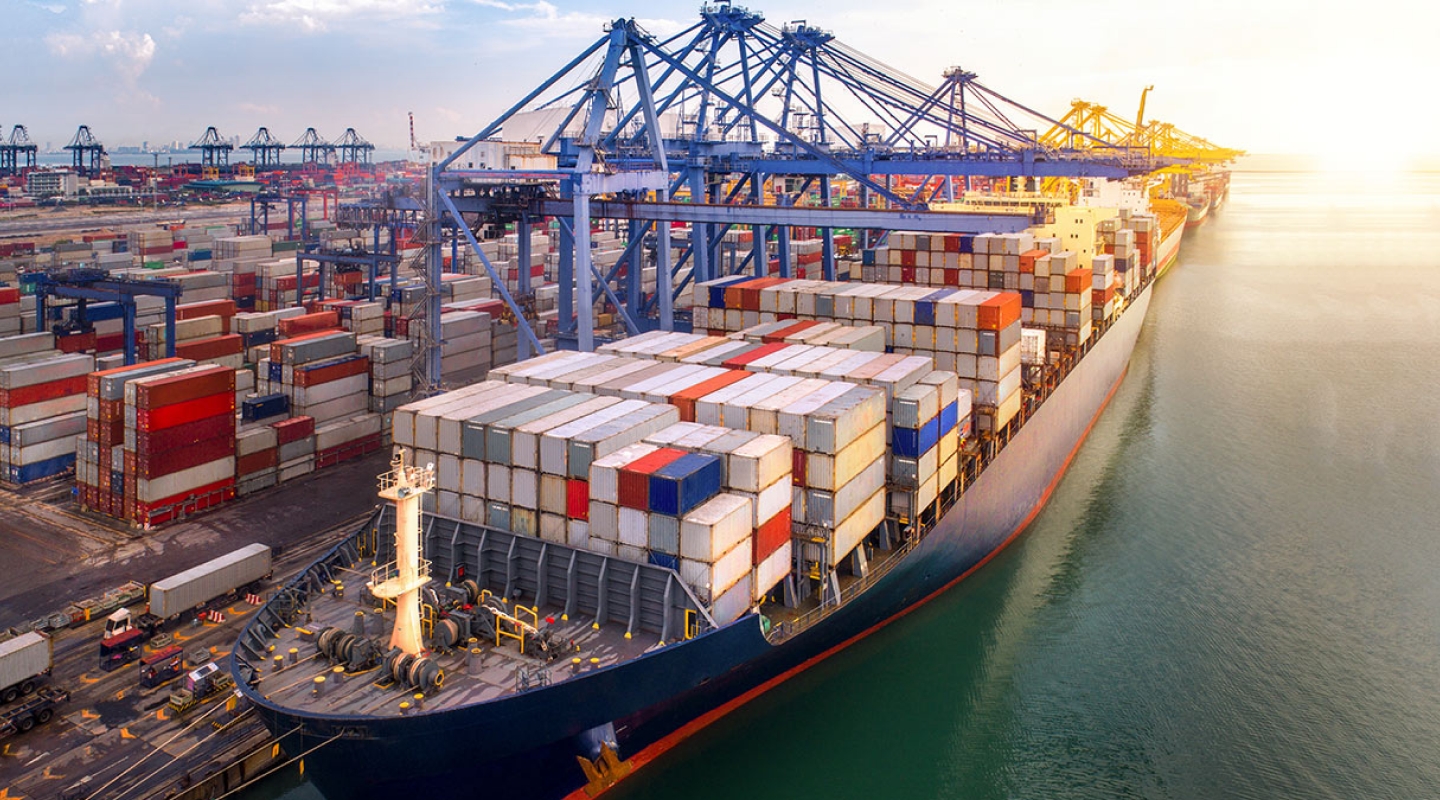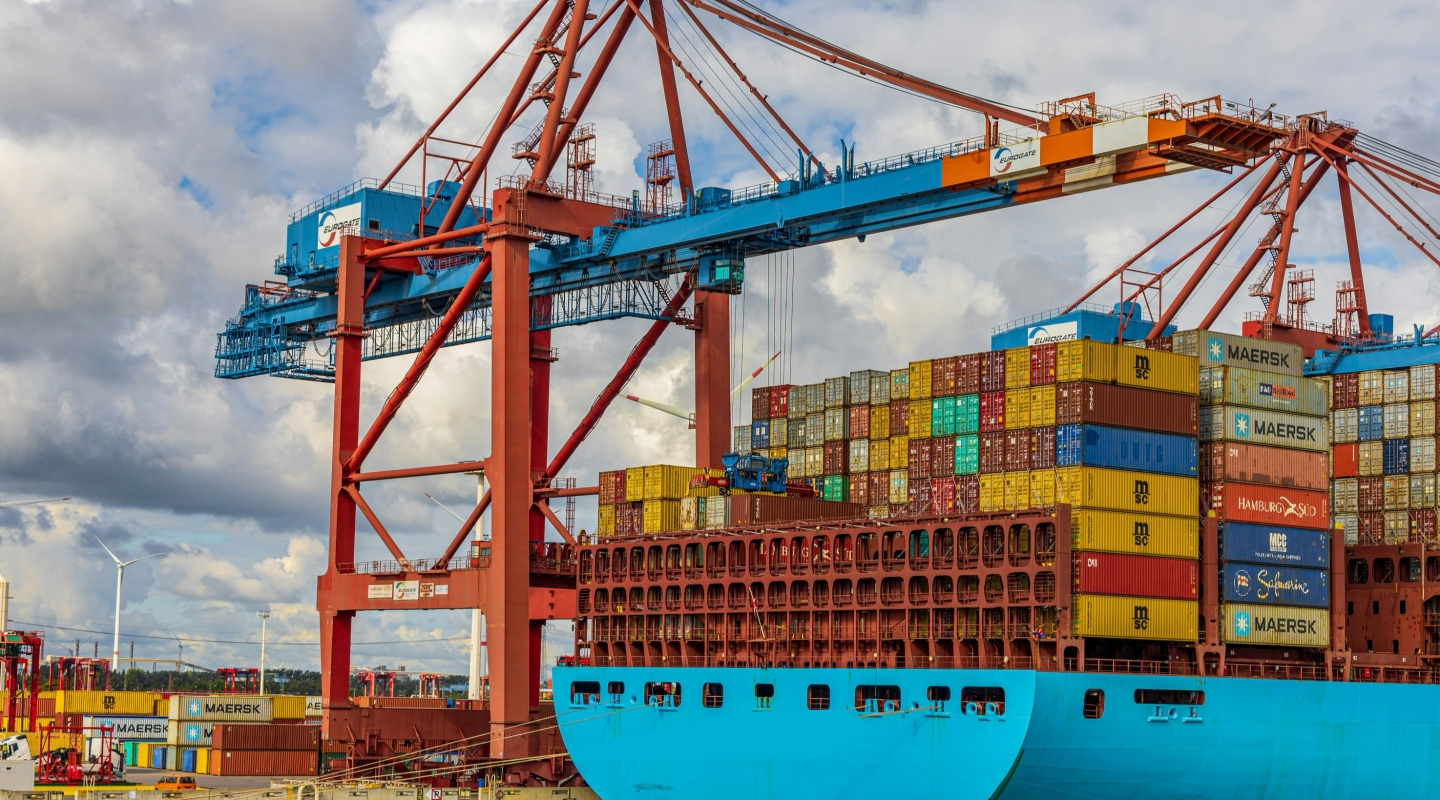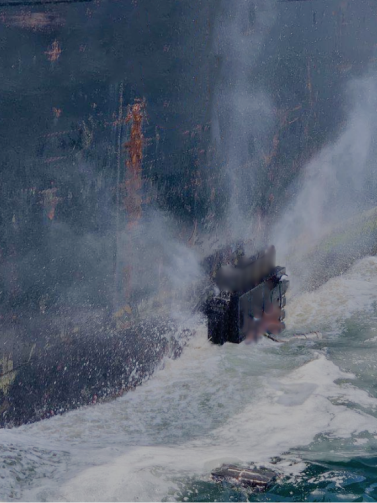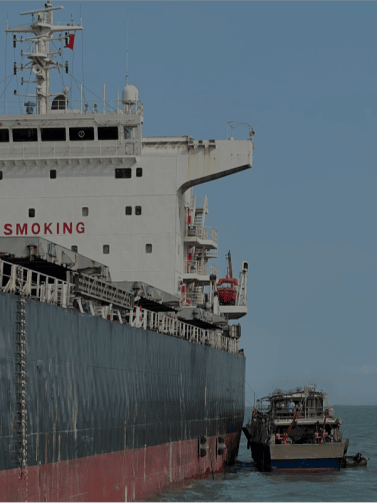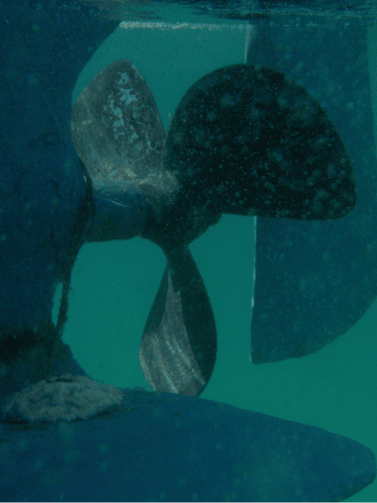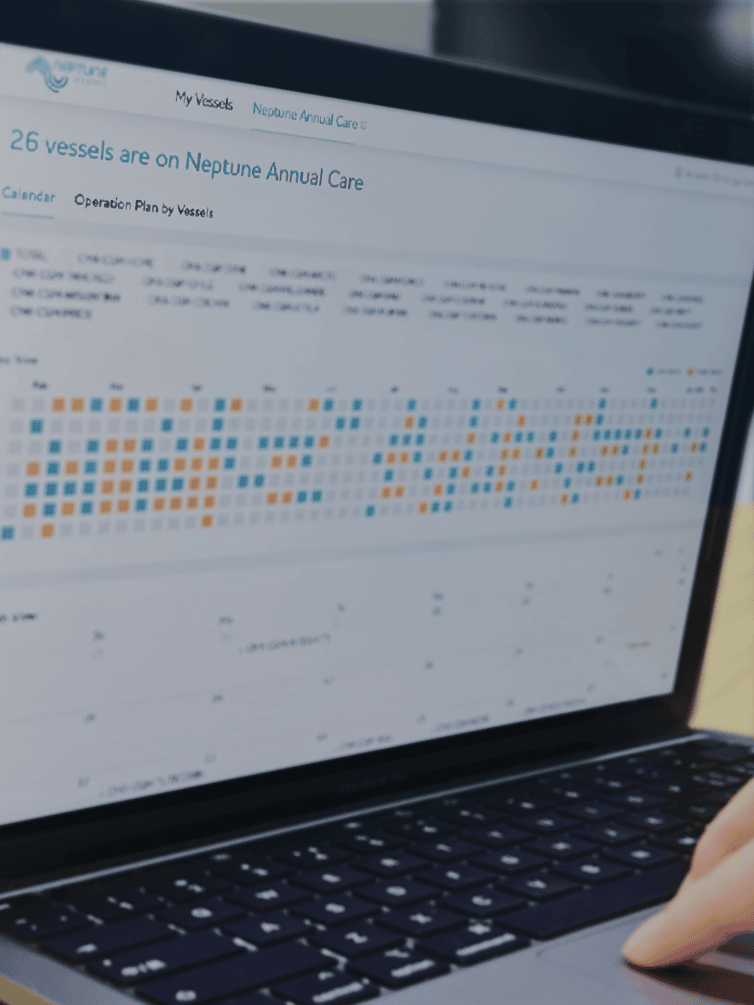Global shipping industry’s annual greenhouse gas emissions have exceeded 1 billion tons, with carbon emissions accounting for 98% and nearly 3% of the world’s total emissions. As decarbonization becomes a priority for all of humanity, the “heavy carbon emitter” shipping industry has faced its first mandatory emission reduction target since 2018:
The International Maritime Organization (IMO) established the initial strategy for reducing greenhouse gas emissions several years ago, with the strategic goal of reducing carbon emission intensity by at least 40% by 2030 and cutting carbon emissions by 50% by 2050, using 2008 as the base year.
To achieve this ambitious goal, the IMO will implement short-term emission reduction measures for ships, using increasingly stringent carbon emission management systems such as the Carbon Intensity Indicator (CII) and the CII Score to verify and constrain global ship carbon emissions.
01-Carbon Intensity Rating goes public, with standards increasing annually
Effective in 2 months!
The Operational Carbon Intensity Indicator is directly related to a ship’s fuel consumption, measuring the operational efficiency of ships based on their tonnage and nautical miles traveled, and will come into effect on January 1, 2023.
From then on, all applicable ships of 5,000 gross tons and above worldwide will receive CII Score from A to E, with D and E being non-compliant. Rating results will be transparent and public, with rating standards increasing annually.
Ships rated E or rated D for three consecutive years will be required to develop corrective measures and steps in the “Ship Energy Efficiency Management Plan” and submit them to their flag state for verification. Otherwise, they will not be able to obtain the compliance statement issued by the competent authority, affecting the ship’s normal operation.
Ships with a C rating, if they do not take further emission reduction actions, are also likely to be downgraded to D next year as rating requirements become stricter.
02-Over 1/3 of ships rated non-compliant Shipowners, charterers, and carriers will be affected!
Last year, the German ScopeGroup’s applied IMO’s method and used certified monitoring, reporting, and data to assess the carbon intensity of 40,000 ships in 2020. It found that 13.9% of ships had a D rating, and 21.8% had an E rating. This means that over a third of the world’s ships may not pass the carbon intensity rating next year.
This will undoubtedly have a significant impact on ship leasing and operations, and shipowners, charterers, and other carriers will also bear multiple risks
For shipowners, low-rated ships will struggle to secure leases and may even need to be dismantled. If the ship’s operational management plan is part of the ship’s safety management system, shipowners may be in breach for violating the ship’s seaworthiness and for failing to meet their due diligence obligations.
For charterers or other carriers, ships with an E rating or rated D for three consecutive years will receive more attention during PSC inspections, increasing the risk of detention and facing difficulties such as carbon emission taxes. Low ratings also mean that ships consume more fuel, resulting in significant fuel costs.
03-Be at ease, Schedule a Ship Cleaning! Reduce Carbon Emissions by 25% Rest assured, schedule a ship cleaning today! It can help reduce carbon emissions by up to 25%.
When a ship sails in the sea for an extended period, biofouling attaches itself to the hull, continuously reproducing and growing, eventually forming thick layers on the ship’s exterior. This increases the vessel’s hydrodynamic resistance and load, directly leading to increased fuel consumption and carbon emissions.
A report published by the International Maritime Organization (IMO) reveals that a medium-length container ship, with half of its hull covered by biofouling, will see a carbon emissions increase of up to 25%. Therefore, the IMO suggests that hull cleaning is one of the most effective solutions for reducing a ship’s carbon intensity and improving its CII Score.
This has given many shipping companies seeking emission reduction methods new ideas. With the development of artificial intelligence and next-generation information technologies, underwater robot cleaning has also become a viable approach for reducing ship emissions.
Although the IMO’s decarbonization initiatives present significant challenges for the global shipping industry, adopting fine-tuned management measures like ship cleaning can help save on fuel costs while meeting environmental and low-carbon regulations. This, in turn, can strengthen a company’s position in an increasingly competitive market, yielding long-term commercial benefits.
